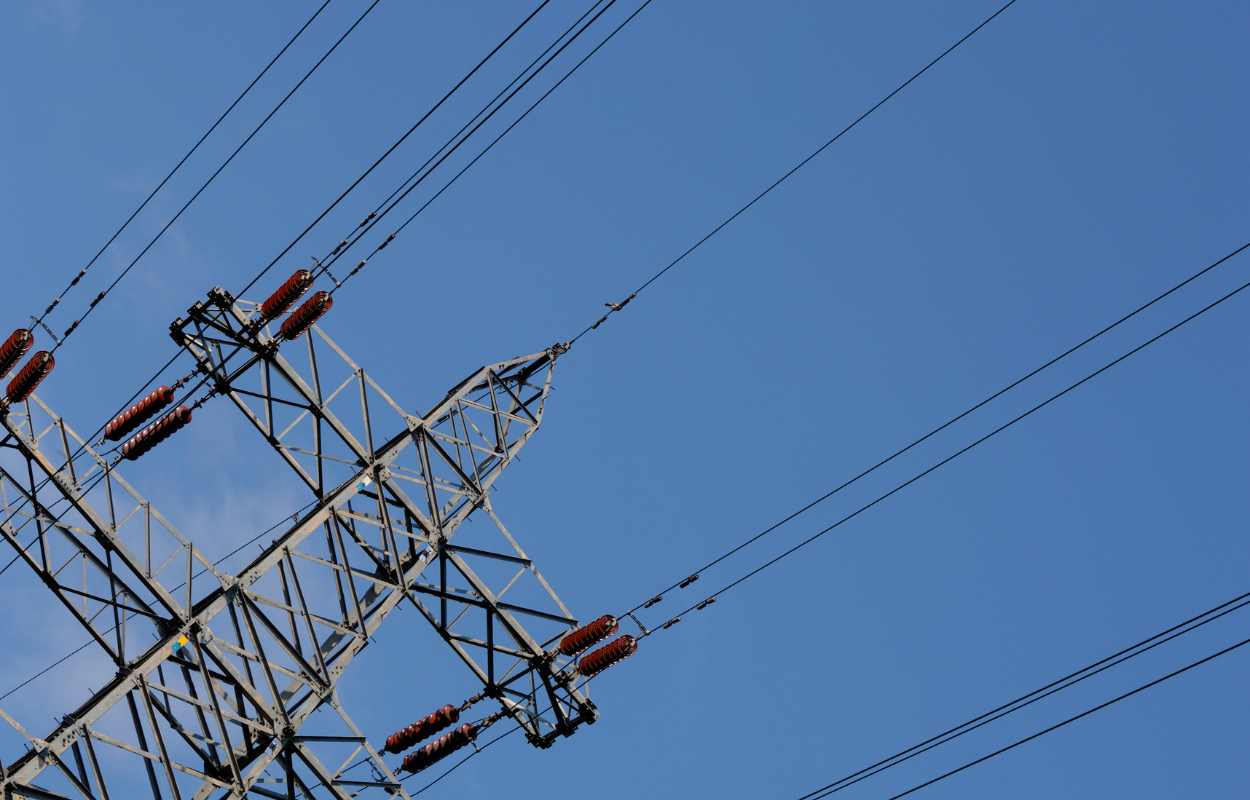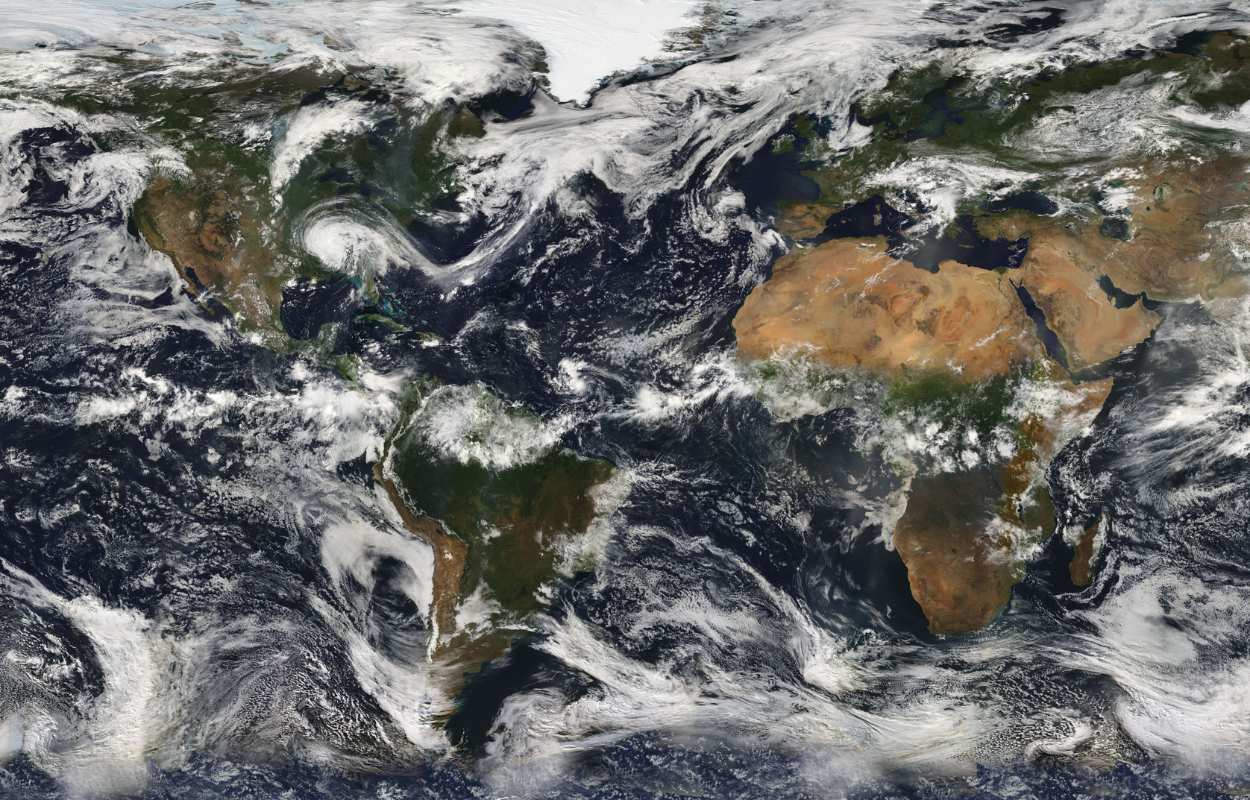
“If your forecasting model hasn’t evolved since 2010, it’s not a model. It’s a liability.”
That was one of the first things Sean Kelly, CEO of Amperon and former energy trader, said when we spoke. And after hearing what today’s power system is up against, he’s absolutely right.
In the past, energy forecasting was manageable using tools like Excel. People’s daily routines were more consistent, and energy output was relatively predictable.
But things have changed.
Today’s grid is more complex than ever, and traditional forecasting can’t keep up. Remote work, electric vehicles, heat pumps, and energy-hungry AI have changed when and how we use electricity. At the same time, solar and wind have transformed how energy is produced, while batteries have changed how it is stored. But generation from renewables doesn’t always align with demand, and the grid often struggles with the resulting fluctuations. Take the blackouts in Spain and Portugal, for example. Drops in grid frequency linked to renewable variability exposed just how fragile systems can be without proper balancing and forecasting.
The grid is under pressure, and most people don’t understand how it all works. Sean shared his own experience as an electricity trader: “Trading power isn’t like trading stocks, it’s physical. If the power’s made in the wrong place, it either has to be sent where it’s needed or its value drops. That means someone is always at the desk, 24/7, even on Christmas Eve, making sure it gets where it needs to go.”
Sean also highlighted how market volatility has evolved.“When I started, the market was heavily driven by natural gas. Prices moved in a stair-step pattern.” Today, he explained, the rise of renewables has created a more binary system. “The market will sit at $10 per megawatt hour, and then, before you know it, it’s at $1,000.” He pointed to Australia as a prime example, where solar production causes dramatic swings from negative $1,000 during the day to over $15,000 per MWh after sunset.
Sean founded Amperon in 2018 to tackle the growing complexity and volatility of energy markets. Amperon’s platform uses artificial intelligence to deliver accurate forecasts by analysing market data that includes weather patterns from 40,000 global locations, and real-time insights from over 40 million electricity meters.
Many of Amperon’s customers are utilities, and Sean has seen firsthand why they turn to external partners. “I’ve worked with large organisations and I’ve never really seen an overly successful internal build,” he says. “At Amperon, we work with over 120 clients, so whatever’s relevant to a utility, we’ve likely seen it already.” Sean also points out that utilities shouldn’t worry about using the same solutions as their peers. “All these energy companies win or lose together. Their stock prices all go up or down on the same day. So they should be sharing best in class together.”
One example of this in practice is National Grid’s Next Grid Alliance, a global peer network of over 130 utilities, designed to address the energy sector’s toughest challenges through collaboration, shared insights, and co-innovation.
Looking forward, Sean sees a clear need for pragmatic solutions. “We need a balanced grid stack. We can’t have 100% wind or 100% nuclear or 100% natural gas. It needs to be some type of balance.” Sean is also a vocal proponent of nuclear energy, calling it clean, reliable, and safe, but is also realistic about the permitting challenges.
For all the innovation across the sector, too many organisations are still relying on outdated tools to run a modern grid. “That’s where we compete against Excel, for people keeping millions of end users’ lights on too often,” Sean said. “And that really needs to change, or we’re going to still be sitting here in 10 years trying to solve this problem.”
In a market this volatile, with stakes this high, better forecasting isn’t a nice-to-have. It’s the difference between staying ahead or quite literally being left in the dark.
Looking for more insights?
Get exclusive insights from industry leaders, stay up-to-date with the latest news, and explore the cutting-edge tech shaping the sector by subscribing to our newsletter, Commodities Tech Insider.
Modal Title
Featuring insights from
Read more blogs

In many commodities markets, trading still happens over the phone. A squawk comes through: “Sep offered 703.” A trader glances up. That same contract was 711 just an hour ago. They call the broker. “Still...


We spoke with Navin Parasram, Head of Trading at Alpiq, a leading Swiss energy producer and service provider, about what good digital transformation should look like and what technologists and business leaders overlook. With decades...


Back in the day, everyone relied on information from a handful of global weather providers. These were run by large national agencies that could afford to operate expensive supercomputers to run large-scale numerical simulations. But...

